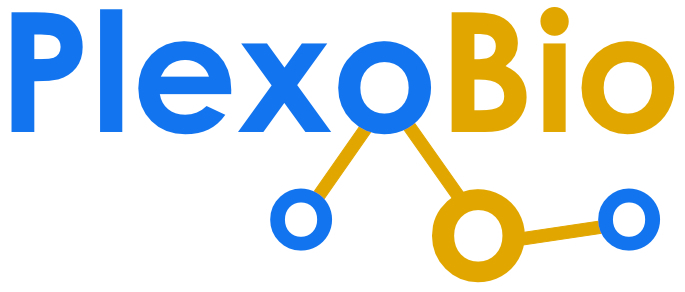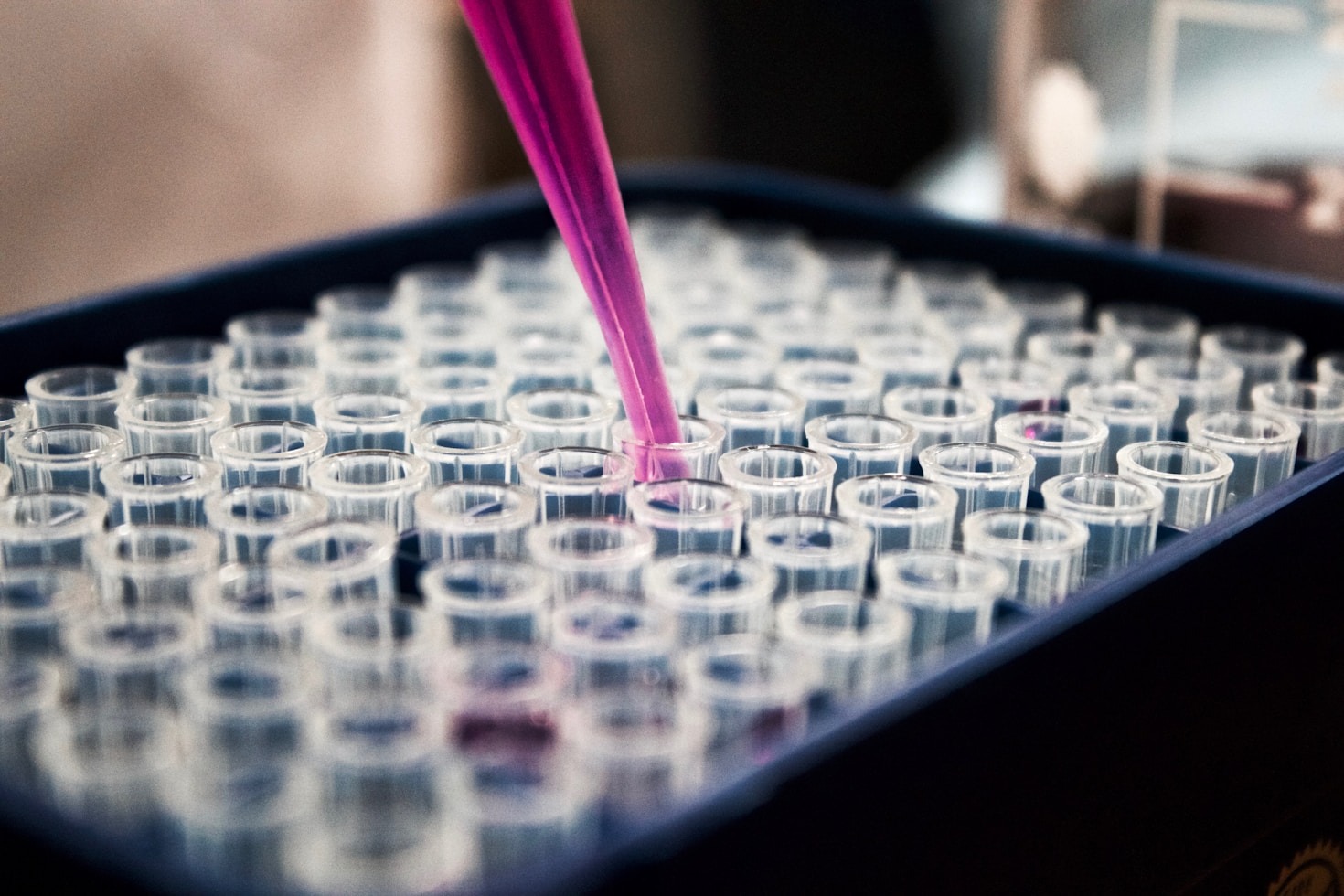Your cart is currently empty!
In the ever-evolving field of pharmaceutical research, the quest for more efficient, accurate, and ethical drug development methods has led to groundbreaking innovations. Among these, technologies like organ-on-a-chip and 3D cell cultures are transforming the preclinical landscape. These advanced models offer unprecedented insights into human biology, enabling researchers to mimic complex physiological processes with remarkable precision. By bridging the gap between traditional in vitro studies and clinical trials, these tools promise to accelerate drug discovery, reduce costs, and minimize reliance on animal testing. This blog explores how these cutting-edge technologies are reshaping the future of pharmaceutical research.
Innovation is seeing what everybody has seen and thinking what nobody has thought.
The Rise of Organ-on-a-Chip and 3D Cell Cultures
Traditional drug development methods often rely on two-dimensional (2D) cell cultures or animal models, both of which have significant limitations. While 2D cultures fail to replicate the complexity of human tissues, animal models often yield results that are not directly translatable to humans due to species differences. Enter organ-on-a-chip (OoC) and 3D cell culture technologies—two revolutionary approaches that address these challenges.
Organ-on-a-Chip Technology
Organ-on-a-chip devices are microfluidic systems that simulate the structure and function of human organs on a small chip. These chips use human cells to replicate tissue interfaces, mechanical forces, and biochemical environments found in vivo. For instance, a lung-on-a-chip can mimic breathing motions and air-blood barriers, providing insights into respiratory diseases and drug effects. Moreover, interconnected chips can model multi-organ interactions, paving the way for “body-on-a-chip” systems that emulate systemic physiology.
3D Cell Cultures
Unlike their 2D counterparts, 3D cell cultures recreate the three-dimensional architecture of tissues, enabling more accurate modeling of cellular interactions and drug responses. Techniques like spheroids, organoids, and bioprinted tissues allow researchers to study disease progression and treatment efficacy in a context that closely mirrors human biology. For example, 3D cultures have been used to evaluate drug toxicity and efficacy with greater predictability than traditional methods.


Bridging Gaps and Overcoming Challenges
While these technologies hold immense promise, they are not without challenges. Organ-on-a-chip systems require sophisticated fabrication techniques and precise control over microfluidic conditions. Similarly, maintaining the viability and functionality of 3D cultures over extended periods can be technically demanding. Despite these hurdles, ongoing advancements are addressing these issues through improved materials, automation, and integration with computational models.
One significant advantage of these models is their potential to reduce pharmaceutical R&D costs. By offering more predictive preclinical data, they can lower attrition rates in clinical trials—a major driver of high drug development costs. Furthermore, their ability to use patient-derived cells supports personalized medicine approaches, tailoring treatments to individual genetic profiles.
Toward a More Ethical Future
Another critical benefit of organ-on-a-chip and 3D cell culture technologies is their alignment with the “3Rs” principle: replacing, reducing, and refining animal testing. These models provide an ethical alternative by enabling human-relevant studies without relying on animal subjects. This shift not only addresses ethical concerns but also improves the reliability of preclinical data by eliminating species-specific differences.
Wrapping Up with Key Insights
The integration of organ-on-a-chip and 3D cell culture technologies into pharmaceutical research marks a paradigm shift in drug discovery and development. By offering more accurate disease models, reducing costs, and supporting personalized medicine initiatives, these tools are poised to revolutionize how we approach healthcare innovation. As these technologies continue to evolve, they promise not only to accelerate the journey from bench to bedside but also to make it more humane and efficient.
The future of pharmaceutical research is here—and it’s three-dimensional.


Leave a Reply